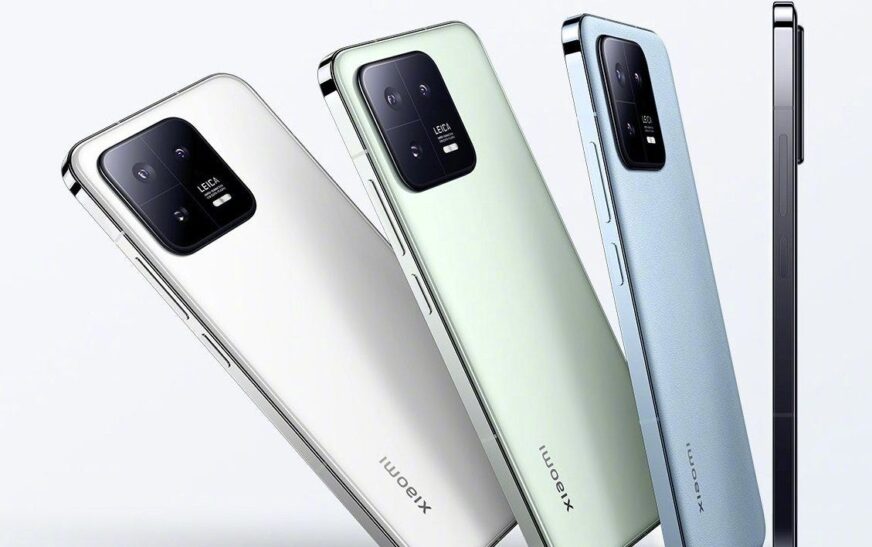The automotive industry is undergoing a profound transformation as vehicles become increasingly connected. At the forefront of this revolution is Vehicle-to-Everything (V2X) communication, a technology that enables vehicles to communicate with each other and with the surrounding infrastructure.
This article explores the rise of connected cars through V2X communication systems, detailing their benefits, the technologies driving this change, and the broader implications for road safety and traffic management.
Understanding V2X Communication
V2X communication is a broad term encompassing several types of connectivity:
- Vehicle-to-Vehicle (V2V): Enables communication between vehicles to share information about speed, position, and direction.
- Vehicle-to-Infrastructure (V2I): Connects vehicles with traffic signals, road signs, and other infrastructure elements to optimize traffic flow and improve safety.
- Vehicle-to-Pedestrian (V2P): Facilitates communication between vehicles and pedestrians or cyclists to enhance their safety.
- Vehicle-to-Network (V2N): Links vehicles to broader networks, providing internet access and enabling cloud-based services.
These communication channels use various technologies, including dedicated short-range communications (DSRC), cellular networks (like 4G LTE and 5G), and other wireless communication standards. By leveraging these technologies, V2X systems can provide real-time data exchange, creating a more integrated and intelligent transportation system.
The Benefits of V2X Communication Systems
1. Enhanced Road Safety
One of the most significant benefits of V2X communication is its potential to drastically improve road safety. By allowing vehicles to share critical information, such as sudden braking or road hazards, V2X systems can help prevent accidents.
For instance, if a car suddenly stops ahead, V2V communication can alert the following vehicles to slow down, reducing the risk of a collision. Additionally, V2P communication can alert drivers to the presence of pedestrians or cyclists, further enhancing safety.
2. Improved Traffic Management
V2X communication can play a pivotal role in managing traffic flow more efficiently. V2I systems, for example, can optimize traffic signal timings based on real-time traffic conditions, reducing congestion and travel times.
Smart intersections equipped with V2X technology can dynamically adjust signals to prioritize emergency vehicles or public transportation, improving overall traffic efficiency.
3. Environmental Benefits
By optimizing traffic flow and reducing congestion, V2X communication can also contribute to lower emissions. Vehicles can be routed more efficiently, minimizing idling and stop-and-go traffic, which in turn reduces fuel consumption and greenhouse gas emissions.
Moreover, V2X systems can support the integration of electric vehicles (EVs) into the grid, facilitating better energy management and usage.
4. Enhanced Driving Experience
V2X communication enhances the overall driving experience by providing drivers with real-time information about road conditions, traffic, and potential hazards.
This information allows drivers to make more informed decisions, leading to a smoother and safer journey. Features such as traffic light prediction and optimal route suggestions can make driving more convenient and enjoyable.
5. Support for Autonomous Vehicles
V2X communication is a crucial component for the development and deployment of autonomous vehicles. Autonomous vehicles rely on a vast array of sensors to navigate and make decisions. V2X communication supplements these sensors by providing additional data from other vehicles and infrastructure, enabling autonomous vehicles to operate more safely and efficiently.
Key Technologies Driving V2X Communication
1. Dedicated Short-Range Communications (DSRC)
DSRC is a wireless communication standard specifically designed for automotive use. It enables low-latency, high-reliability communication between vehicles and infrastructure. DSRC operates in the 5.9 GHz band and is particularly effective for safety-critical applications due to its low latency and robustness.
2. Cellular V2X (C-V2X)
Cellular V2X leverages existing cellular networks (such as 4G LTE and 5G) to enable communication between vehicles, infrastructure, and pedestrians. C-V2X offers the advantage of leveraging a well-established and widespread network, providing broader coverage and scalability. The advent of 5G technology, with its low latency and high bandwidth, is expected to significantly enhance the capabilities of C-V2X.
3. 5G Technology
The rollout of 5G networks is set to revolutionize V2X communication by providing the ultra-low latency, high reliability, and massive data capacity needed for advanced V2X applications. 5G technology supports faster data exchange and can handle a higher number of connected devices, making it ideal for the dense and dynamic environment of connected vehicles.
4. Edge Computing
Edge computing involves processing data closer to its source rather than relying solely on centralized cloud servers. For V2X communication, edge computing can reduce latency and improve the responsiveness of safety-critical applications. By processing data at the edge, such as within the vehicle or nearby infrastructure, V2X systems can deliver faster and more reliable information.
Real-World Applications and Case Studies
Several real-world applications and pilot projects demonstrate the potential of V2X communication systems:
1. Smart Intersections
Cities like Columbus, Ohio, and Tampa, Florida, have implemented V2I systems at intersections to improve traffic flow and safety. These smart intersections can adjust traffic signals based on real-time traffic conditions, reducing congestion and improving pedestrian safety.
2. Platooning
In Europe, truck platooning trials are underway, where a group of trucks travel in a closely spaced convoy using V2V communication. This reduces aerodynamic drag, leading to significant fuel savings and lower emissions. The lead truck controls the speed and direction, while the following trucks automatically adjust their movements, enhancing safety and efficiency.
3. Pedestrian Safety Systems
V2P communication is being tested in cities like New York, where vehicles equipped with V2X technology can detect and communicate with pedestrians carrying compatible devices. This system can alert drivers to the presence of pedestrians in crosswalks or other areas with limited visibility, helping to prevent accidents.
4. Connected Car Service Centers
V2X communication can also enhance the efficiency of car service centers by providing real-time data on vehicle health and maintenance needs. This allows for more proactive and timely servicing, ensuring vehicles remain in optimal condition and reducing the likelihood of breakdowns or accidents.
Challenges and Future Directions
Despite the promising benefits, there are several challenges to the widespread adoption of V2X communication systems:
1. Standardization and Interoperability
Ensuring that V2X systems from different manufacturers can communicate seamlessly is a significant challenge. Standardization efforts, led by organizations such as the International Organization for Standardization (ISO) and the Institute of Electrical and Electronics Engineers (IEEE), are crucial to achieving interoperability.
2. Cybersecurity
The connectivity of V2X systems makes them susceptible to cyberattacks. Ensuring robust cybersecurity measures are in place to protect against hacking and data breaches is essential to maintain the safety and reliability of V2X communication.
3. Infrastructure Investment
The deployment of V2X communication requires significant investment in infrastructure, such as smart traffic signals, roadside units, and upgraded cellular networks. Governments and private sector stakeholders must collaborate to fund and implement these upgrades.
4. Public Acceptance
Educating the public about the benefits and safety of V2X communication is essential for widespread acceptance. Addressing concerns about data privacy and ensuring transparent communication about the technology can help build trust among consumers.
The Role of Auto Repair Shops
As vehicles become more connected, auto repair shops will need to adapt to new technologies and service requirements. The integration of V2X communication systems adds complexity to vehicle diagnostics and repairs.
Technicians will need training in advanced electronics and communication protocols to effectively service connected vehicles. Ensuring that auto repair shops are equipped to handle these new demands will be critical to maintaining the safety and functionality of connected cars.
The rise of connected cars and V2X communication systems represents a transformative shift in the automotive industry. By enabling real-time data exchange between vehicles, infrastructure, and other road users, V2X technology promises to enhance road safety, improve traffic management, reduce environmental impact, and support the development of autonomous vehicles.
While challenges remain, continued advancements in technology and collaborative efforts among stakeholders are paving the way for a more connected and intelligent transportation system.
As we move forward, the benefits of V2X communication will become increasingly apparent. From safer roads and more efficient traffic flow to a better driving experience and environmental sustainability, the potential of connected cars is immense.
Embracing these innovations and addressing the associated challenges will be key to realizing the full potential of V2X communication and shaping the future of transportation. Whether it’s in the auto repair shop or on the highway, the impact of connected cars will be felt across the entire automotive ecosystem.
Feel free to submit more guest posts through Links Building Servcies - Best Prices. Buy Author Account / 1$ Guest Post Here






















